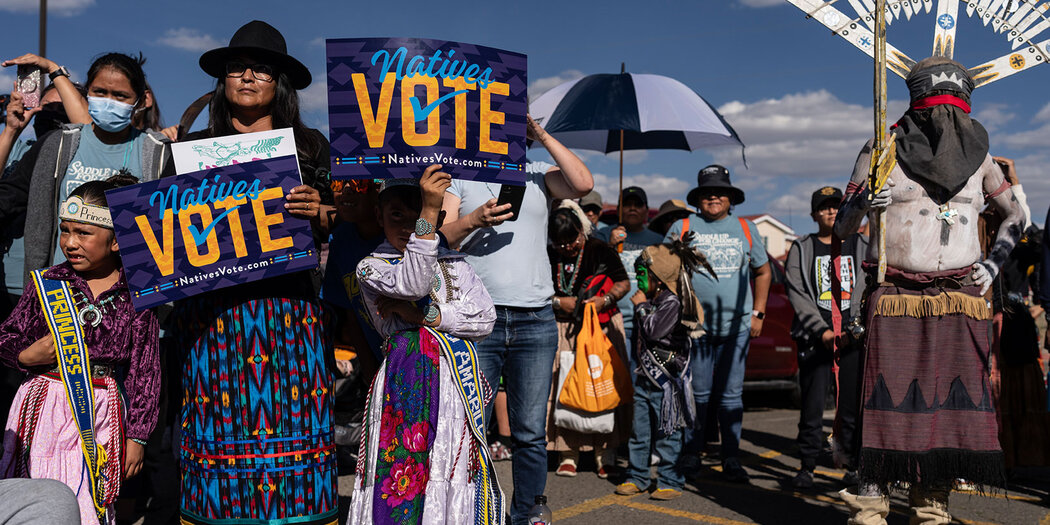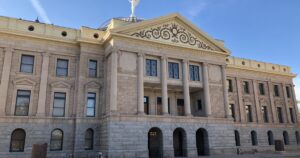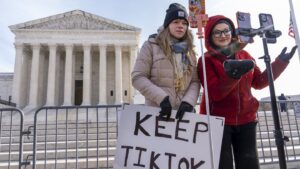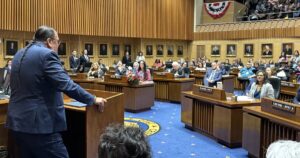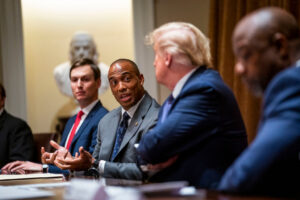Native American Voters Face Unique Challenges in the 2024 Election Cycle
Amid the 2024 election cycle, voters across the United States are confronting various obstacles such as potential removal from voter rolls, increased ID requirements, and extensive wait times at polling stations. However, Native American voters encounter distinct challenges in this landscape of voter suppression.
In Montana, the Fort Peck tribe members face lengthy travel distances of 30 to 60 miles to cast their votes due to the absence of a satellite election office on their reservation. Similarly, Native voters in various states, including Wisconsin, struggle to vote using their tribal identification cards, even though these are legally accepted in some jurisdictions.
These instances highlight the historical and ongoing disenfranchisement of Native American voters. Despite a history of restrictive policies, a recent report underscores the reduced voter turnout among Native Americans, the original inhabitants of the land.
Racial discrimination against Native Americans is deeply rooted in American history, with policies that have historically limited their economic, social, and political progress. Despite efforts to suppress their voting power, Native Americans remain active in elections at all government levels.
In states like Alaska, Arizona, Michigan, and Montana, Native Americans form a significant voting bloc capable of influencing election outcomes. However, they continue to face unique challenges, such as restrictive policies that impose limitations on ballot collection in Nevada and New Mexico, affecting those on rural tribal lands with limited transportation options.
Additionally, requirements for documentary proof of citizenship have a racially discriminatory impact. Studies indicate that 11% of people of color lack easy access to such documents. For those on tribal lands, obtaining these documents often involves traveling long distances to county offices, compounded by unreliable postal services.
These policies, often justified as measures for election security, obstruct Native voters more than they protect against voter fraud, which is extremely rare. Our analysis reveals a significant turnout gap of 11 percentage points on average between Native voters on tribal lands and those elsewhere, with gaps widening to 15 percentage points during presidential elections and narrowing to 7 during midterms.
Challenges such as long distances to polling stations, insufficient language support, and unreliable mail services discourage voter turnout on tribal lands. Research suggests that voters of color are more likely to vote in areas where they are the majority. Yet, data shows a contrasting trend for Native voters, where higher percentages of Native populations on tribal lands correlate with lower voter turnout, even when factors like income and education are considered.
This suggests that the voting process is particularly arduous for those living on tribal lands, with barriers more significant in predominantly Native communities. The federal and state governments must address these issues, and the passage of the Native American Voting Rights Act could provide crucial reforms, including more polling places on tribal lands and acceptance of tribal IDs for voting.
CORRECTION: This article has been updated to reflect the average turnout gap between voters on and off tribal lands in percentage points rather than percentages.

